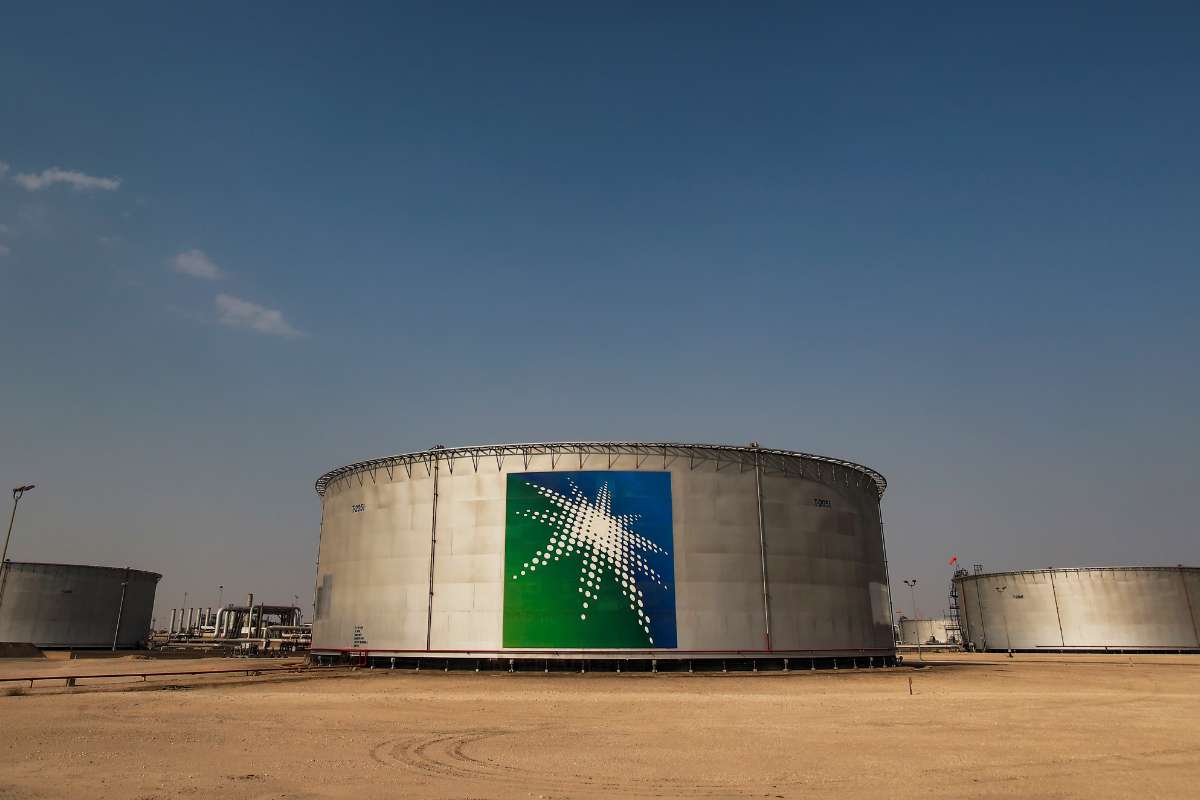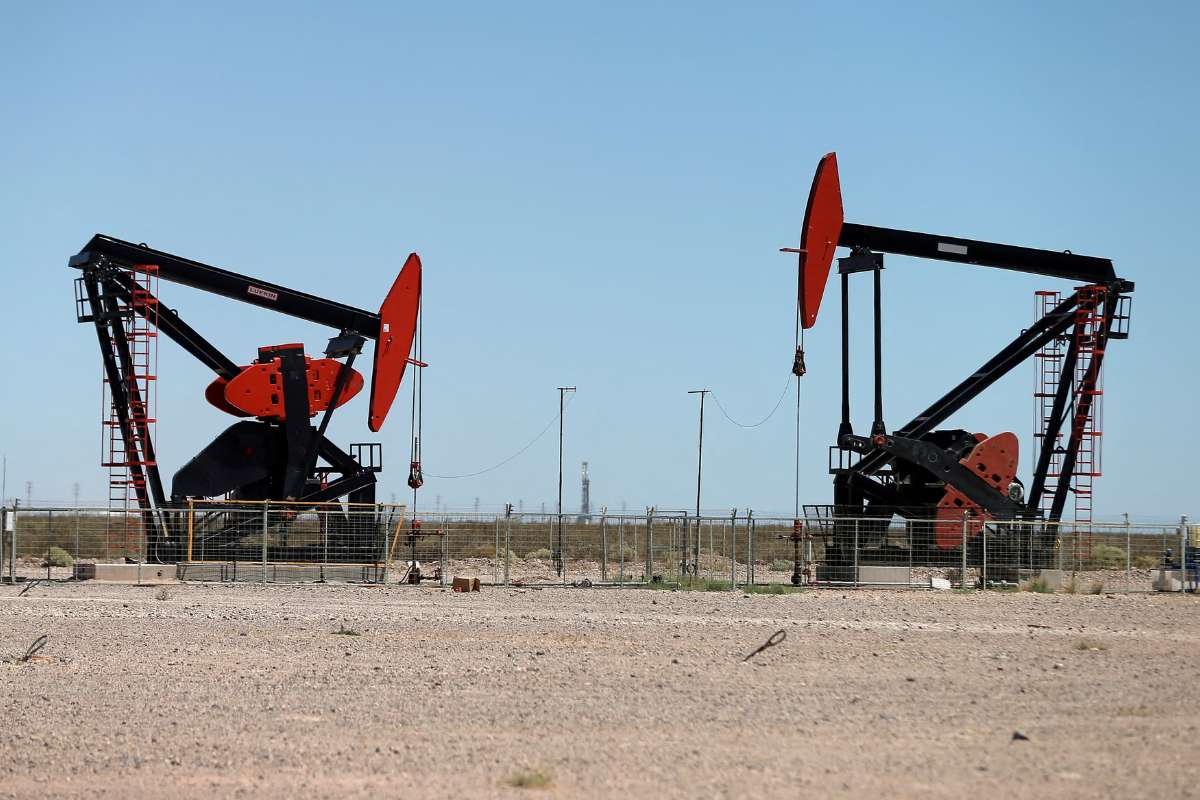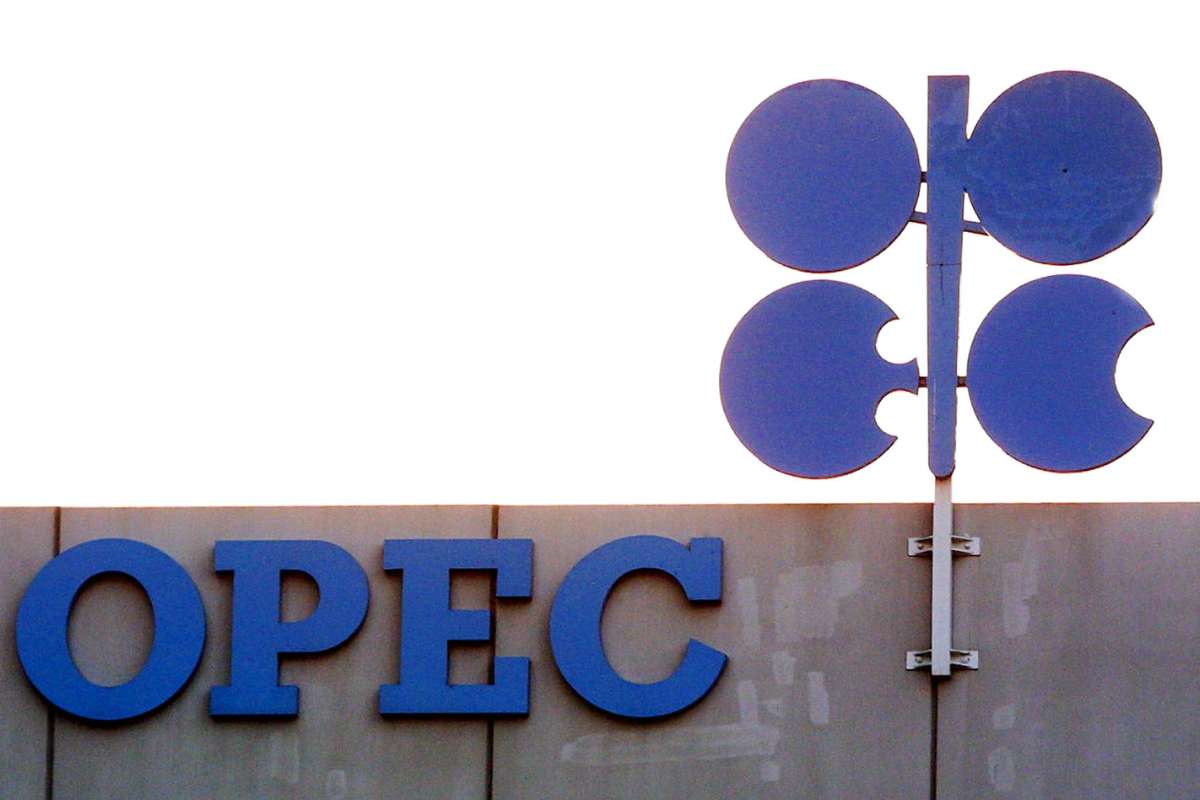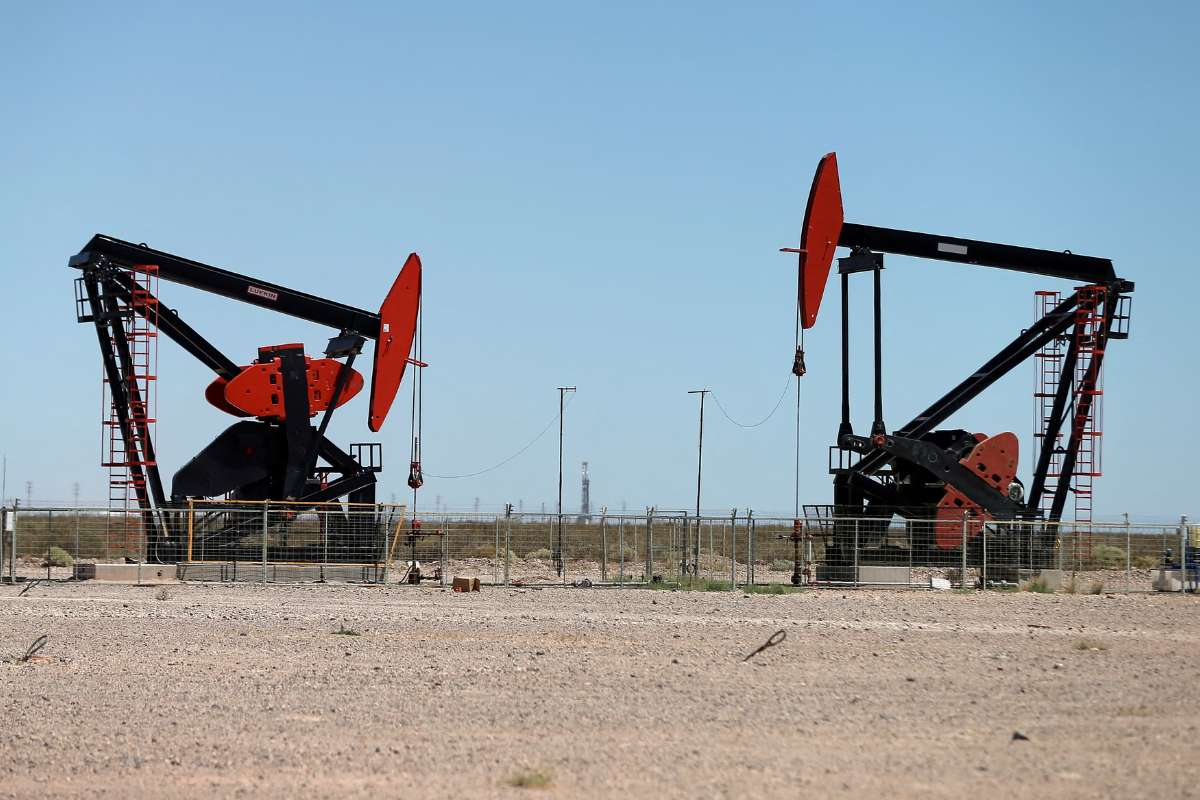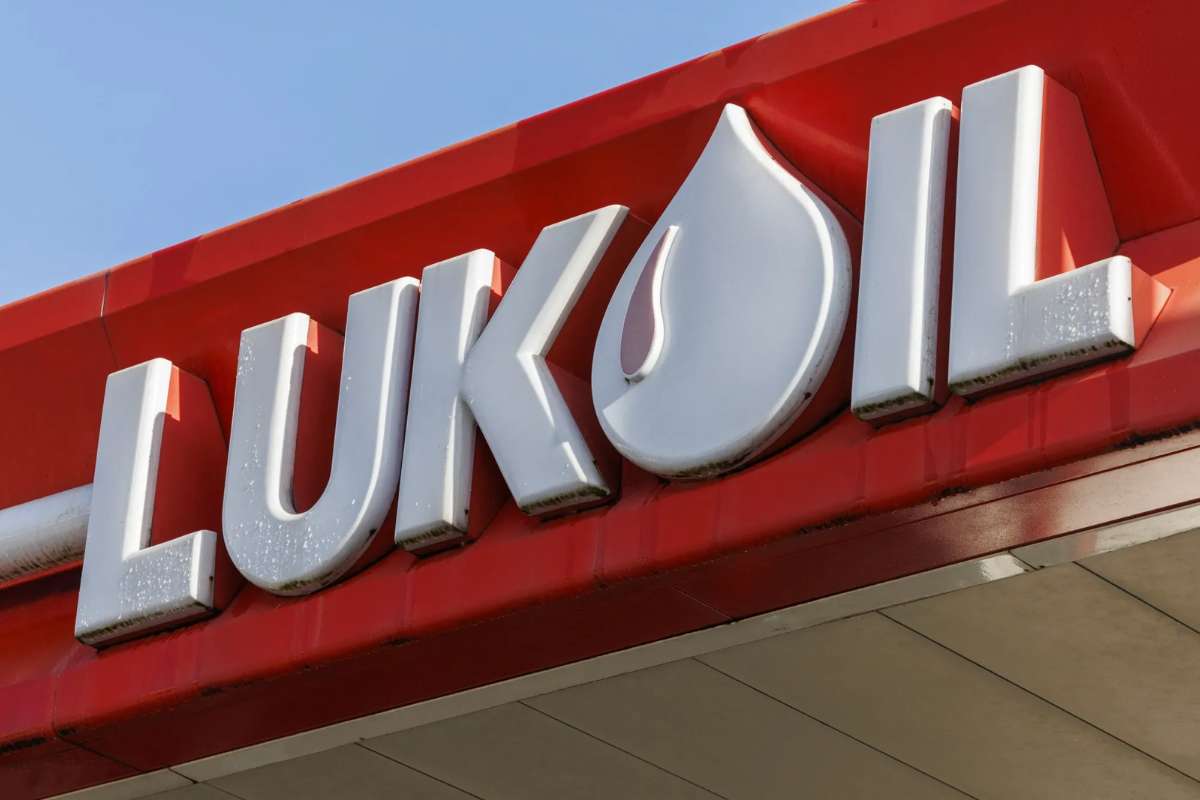Key Points:
- Crude oil prices dropped after Saudi Aramco cut Asian rates to an 11-month low, reflecting weak demand.
- U.S. crude inventories rose unexpectedly, while gasoline stocks fell to 11-year lows.
- OPEC+ boosted output, but Russian supply disruptions and geopolitical risks keep markets volatile.
Crude oil prices fell on Thursday, reaching a two-week low, after Saudi Aramco cut the price of its flagship Arab Light crude for Asian buyers to the lowest level in 11 months. The move suggests softening demand in the region and added pressure on already fragile oil markets.
December West Texas Intermediate (WTI) crude futures declined 0.29% to close at $58.43 per barrel, while December RBOB gasoline futures rose 2.95%, supported by shrinking U.S. gasoline inventories.
Saudi Aramco reduced its December selling price by $1.20 a barrel, a sign that the world’s top oil exporter expects slower consumption growth in Asia, its largest market. The decision also followed data showing a surprise increase in U.S. crude stockpiles, which weighed on global oil benchmarks.
Lower crude oil prices signal weak demand
Analysts said Aramco’s price cut reflected both weaker economic activity and rising supply across global markets. “This move underscores slowing demand growth from Asia, especially China,” an energy market analyst said. “It also reflects the growing oil surplus projected for early 2026.”
The Organization of the Petroleum Exporting Countries and its allies (OPEC+) recently announced a modest production increase of 137,000 barrels per day (bpd) for December. The group plans to pause further hikes in the first quarter of 2026 amid a forecasted global surplus of 4 million bpd, according to the International Energy Agency (IEA).
OPEC’s October output rose by 50,000 bpd to 29.07 million bpd, marking the highest level in two and a half years. The group continues to gradually reverse its earlier production cuts of 2.2 million bpd made in early 2024.
U.S. data adds pressure
U.S. Energy Information Administration (EIA) data released Wednesday showed that crude inventories unexpectedly increased last week, adding pressure on crude oil prices. Gasoline inventories, however, fell to their lowest level in 11 years, supporting refined fuel prices.
As of Oct. 31, U.S. crude inventories were 5.3% below the five-year seasonal average, while gasoline and distillate inventories were 4.3% and 8.8% below, respectively. U.S. oil production edged up 0.1% to a record 13.65 million bpd.
Meanwhile, the number of active U.S. oil rigs declined by six to 414, according to Baker Hughes. The figure remains only slightly above the four-year low reached in August. Rig counts have fallen sharply since late 2022, reflecting tighter budgets among U.S. producers.
Global output trends shift
While Saudi Arabia moves to defend its market share, reduced Russian exports continue to support crude oil prices. Ukrainian attacks on Russian refineries and export terminals have disrupted shipments, cutting Russia’s seaborne fuel exports to a three-year low of 1.88 million bpd in early October. The strikes have disabled up to 20% of Russia’s refining capacity.
Additional sanctions from the United States and European Union have further constrained Russia’s oil trade. Despite these disruptions, the overall supply outlook remains strong due to OPEC+ increases and steady U.S. output.
Vortexa data showed that global crude stored on stationary tankers fell 11% in the week ended Oct. 31, suggesting limited demand for floating storage and stable near-term supply flows.
Market analysts said the recent drop in prices might be temporary if geopolitical risks escalate. Reports that the U.S. military could target facilities in Venezuela—one of the world’s top 15 producers—have added uncertainty to global supply expectations.
Although Thursday’s weaker dollar provided some cushion, crude markets remain under pressure from slowing consumption and rising inventories. Traders are watching OPEC+ closely for further signals on production strategy heading into 2026.
At present, the oil market faces a tug-of-war between demand weakness in Asia and supply disruptions in Russia, leaving crude oil prices. sensitive to both economic and geopolitical developments.
Visit Oil Gas Energy Magazine to read more.

